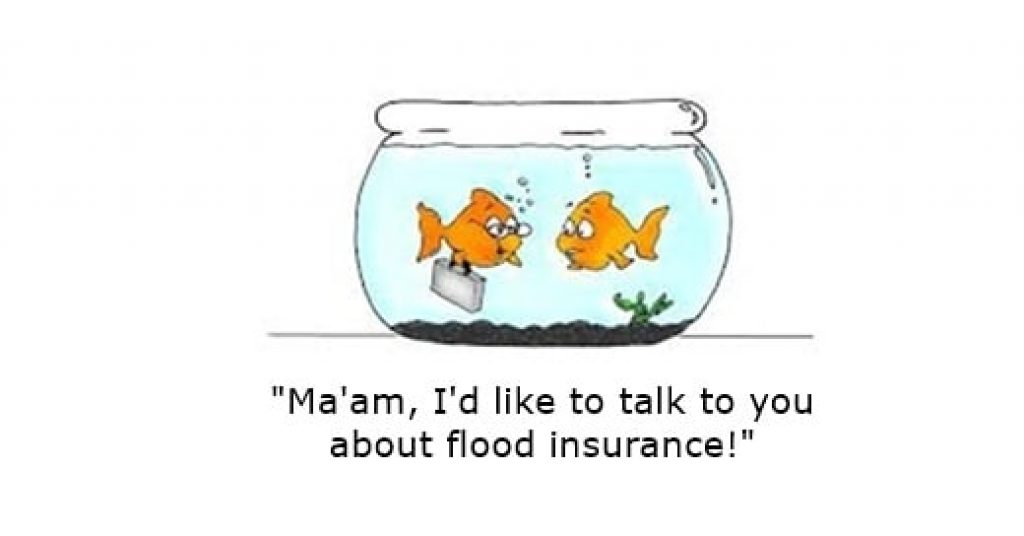Help! My Insurance Company Doesn't Use Humor!
“Mixing humor and harsh reality is very human behavior, it’s the way people stay sane in their daily lives”, said American actor Jorge Garcia. When talking about marketing in insurance companies, the harsh reality would be the insurance, and humor would be the factor that attracts more and more clients to purchase insurance policies. Why? You wake up in the morning, and you scroll over your smartphone to check updates from family and friends. While doing so, you also scroll through social media ads. On your way to work, you pass numerous billboards that inform you about the latest products and projects. By the time you come to your workplace, you have probably seen at least 20 ads in many forms.
Can ads be funny?
Most of the ads people remember are the ones that get them emotionally involved. Of course, it’s an enormous challenge to create interesting and eye-catching material for this hardly-fun-and-exciting industry. Adding humor to their marketing strategy is what a lot of insurers are thinking about right now. There are even companies who have been using humor in advertising for a long time. They have even created really impressive content with it. Humor in marketing might seem irrelevant to a serious industry like insurance, but the strategy has proven to be highly effective.
The first case of an insurance company that used humor in advertising was a promotion of GEICO by Martin Agency in 1999. Teaching their clients to pronounce GEICO the right way ended up as a more than just a successful idea, it became a cultural icon. “Insurance doesn’t make you happy very often, so we thought that the advertising should have a smile to it,” said Martin Agency’s Chief Creative Officer Joe Alexander.
State Farm example
Realizing how insurance can be expensive and not exciting for clients was the reason why State Farm decided to change that. Actually, they decided to upgrade their marketing with humor. A few years ago, this company was not seen much on TV or social media. After re-branding, targeting younger consumers and changing their motto from “Like a good neighbor, State Farm is there” to “Get to a better State”, everything changed. They even presented a character, “Jake from State Farm,” in a TV ad where a customer is talking on the phone in three in the morning. Then, his wife comes downstairs and refuses to believe he is talking to an insurance agent. In the next scene, the wife picks up the phone and asks Jake what he’s wearing. As a result of that, their audience now looks forward to State Farm’s new marketing ideas.
Allstate example
Allstate has made one of the most significant and effective transitions in marketing strategies the industry has seen. They created a character named Mayhem. He represented all of the freak accidents and situations that you could never envision actually happening. Their message was pretty clear: whatever happens, Allstate has you covered. Allstate marketers have come up with the wildest situations in their advertising. These situations are always humorous and fresh in the consumer’s mind. That is another great example of a company that hasn’t been afraid to make significant changes. Now, Allstate enjoys many benefits from their old and new customers.
Balance is important
The balance between the humor and the message of an ad is vital for marketers. If you have too much fun with it and focus on humor, your message could get lost. If you are focused too much on your message and afraid to use humor, that could make your ad seem dull. By appealing to a consumer’s emotions, you’re able to engage them and make them remember you. Someone who interacts with your marketing may not be your target customer, but they could share it with someone who is. It’s all about brand awareness. The brands that make humor work are authentic and are not afraid to show their consumers who they are. Laughing is what people want to do in their lives, and you should give it to them! Why not record funny insurance videos?
Covideo provides video email software that helps businesses and individuals communicate more effectively, build relationships faster and reinforce their brands with easy-to-make personalized videos.





